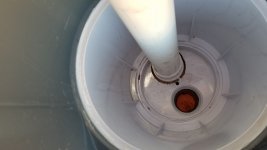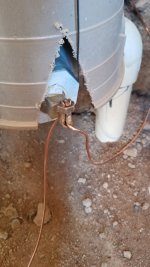AQUA~HOLICS
In The Industry

Where is your skimmer going to be? I have a couple of ideas.
I feel like you guys may have already answered my question.... I was thinking more about water circulation rather than the returns pushing the water towards the skimmer.Need to know the prevailing wind direction for optimal location of skimmer, then proper return line locations can be determined.

Thank you, that makes sense.Thats the correct area for the skimmer, just move it slightly closer to the corner.
Water circulation will be fine without returns on the RBB wall due to the spillways on that wall.
Are you planning on looping the return lines?









